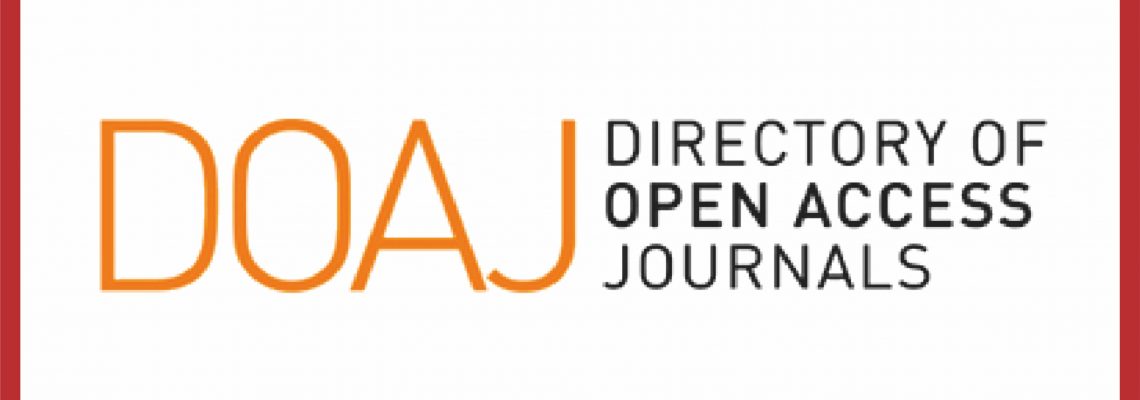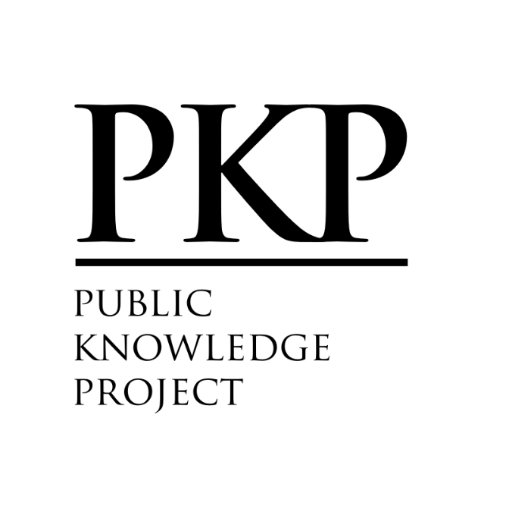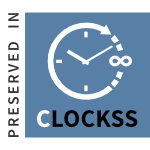Myopia Frequency of Myopia in Rural and Urban School Going Children
Frequency of Myopia in School Going Students
DOI:
https://doi.org/10.55279/jafmdc.v4i1.170Abstract
Objective: The study aimed at finding the frequency of myopia in rural and urban primary and secondary school going children from 6 to 18 years of age.
Methodology: A descriptive cross sectional study was conducted from January 2018 to August 2018 in a rural area of Sahiyawala and in urban area of Chiniot. A total of 1000 subjects of both gender and ages ranging between 6 to 18 years were included through a stratified random sampling technique. The sample was considered of 500 subjects in rural and 500 subjects in urban areas. Subjects of 1st class to 10th class were selected. Data was collected using a proforma and retinoscope was done for diagnosis of, Myopia. Data was analyzed by using Chi-square test in SPSS 20 software.
Results: The frequency of myopia was higher in urban area 41.6% then rural area 28% (P 0.00). Other findings include, (42.6%) in urban and (56.6%) in rural area were emmetropic, and with other types of refractive errors were (15.8%) in urban and (15.4%) in rural. It was more among female 39.6% than male 30% (P 0.00). It was more in high level 35.5% than primary 34.8% and middle 34.0% (P 0.04).
Conclusion: The myopia frequency is higher in urban children due to environmental factors and intense near work and also myopia is higher among female because they spend more time in reading and writing and reduce outdoor activities as compared to male.
Downloads
Published
How to Cite
Issue
Section
License
Copyright (c) 2022 Shakila Abbas Muhammad Abbas

This work is licensed under a Creative Commons Attribution-NonCommercial 4.0 International License.
You are free to:
- Share — copy and redistribute the material in any medium or format
- Adapt — remix, transform, and build upon the material
- The licensor cannot revoke these freedoms as long as you follow the license terms.
Under the following terms:
-
Attribution — You must give appropriate credit, provide a link to the license, and indicate if changes were made. You may do so in any reasonable manner, but not in any way that suggests the licensor endorses you or your use.
-
Non Commercial — You may not use the material for commercial purposes.
-
No additional restrictions — You may not apply legal terms or technological measures that legally restrict others from doing anything the license permits.













